Before it is too late
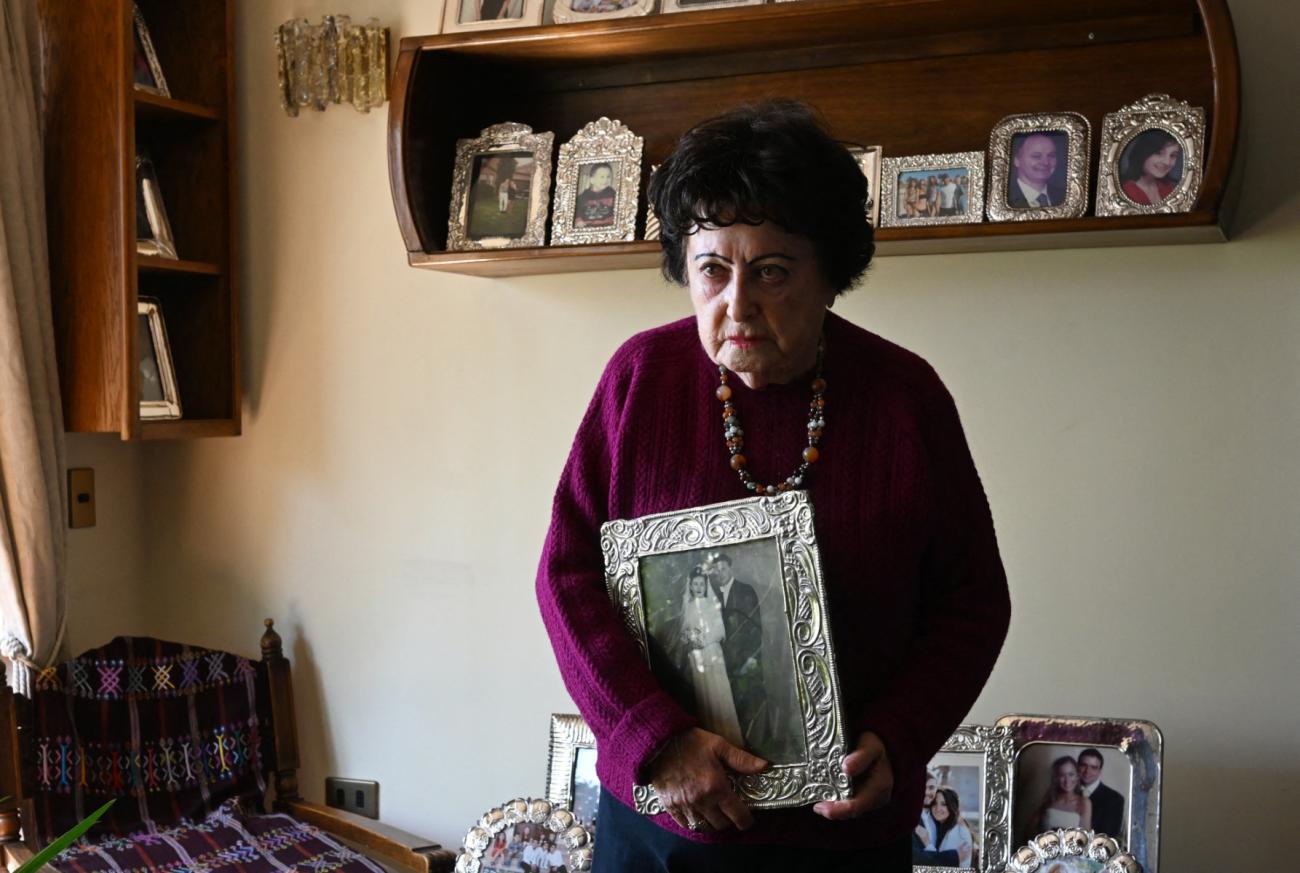
The power of the gaze
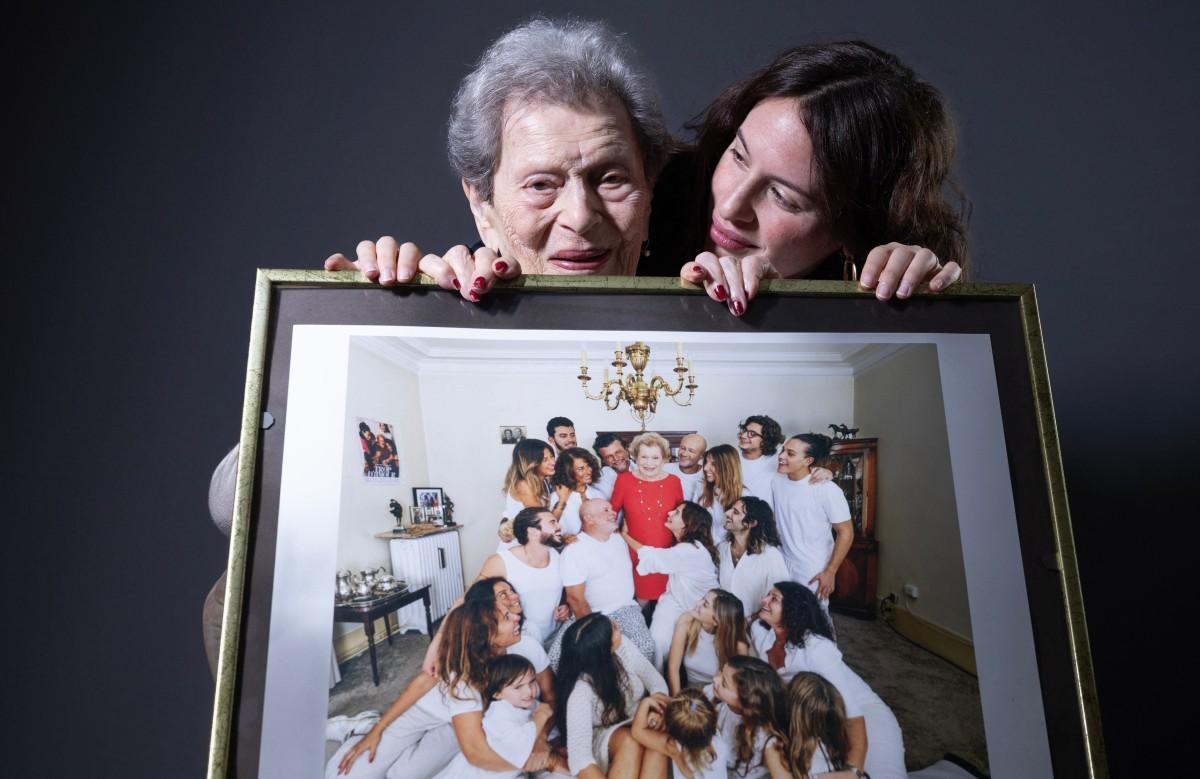
Tears and silence
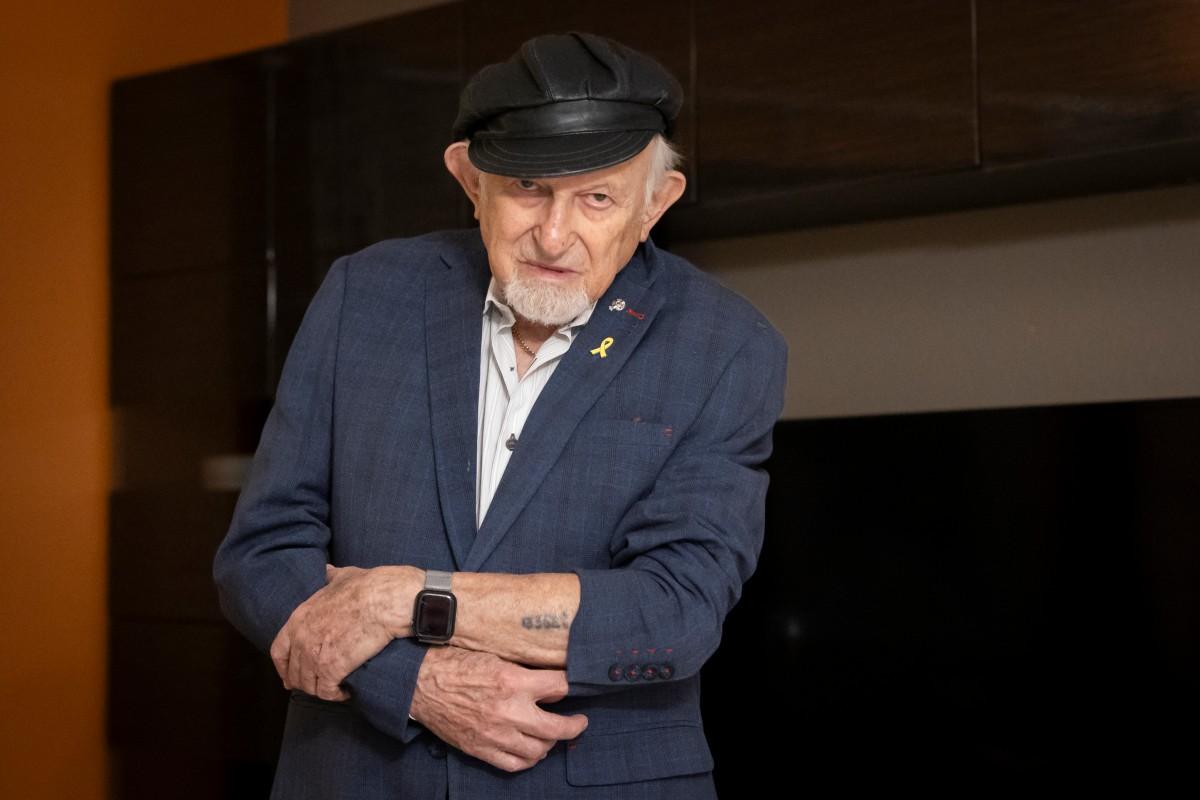
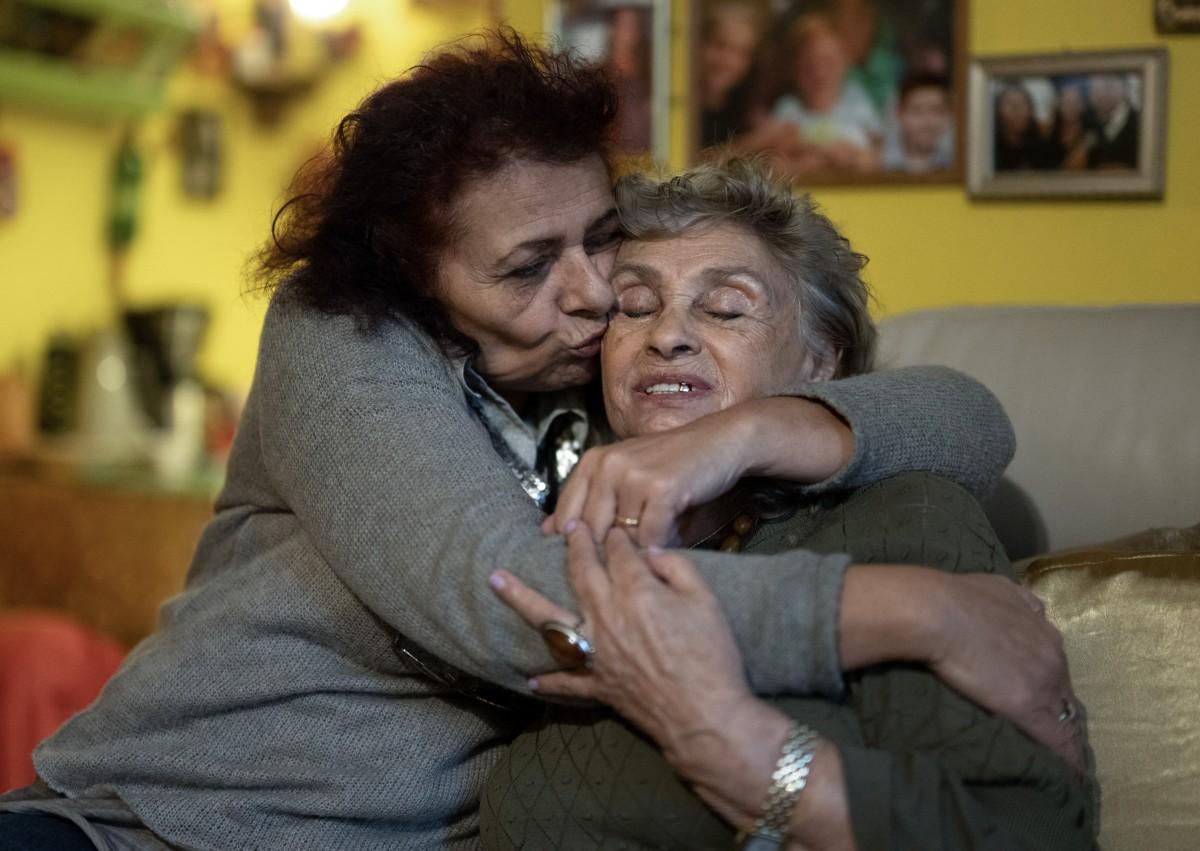
'Too hard'
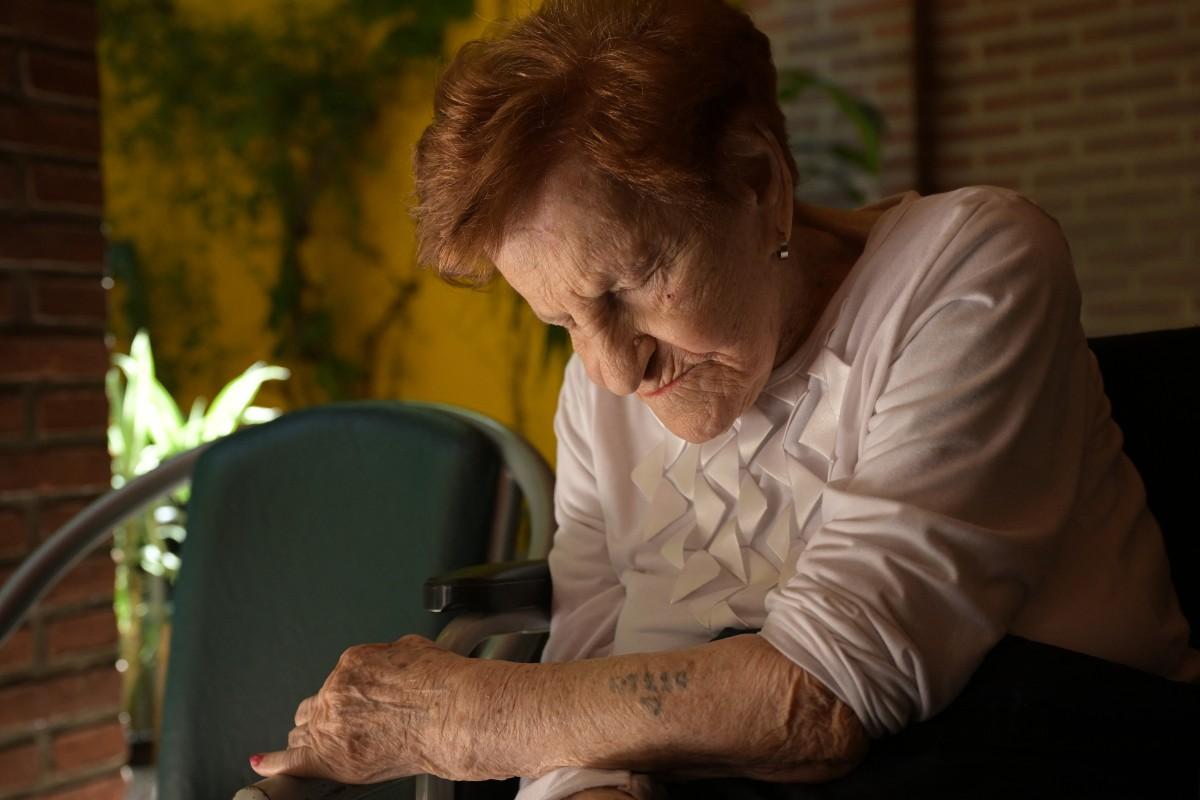
'The art of surviving'
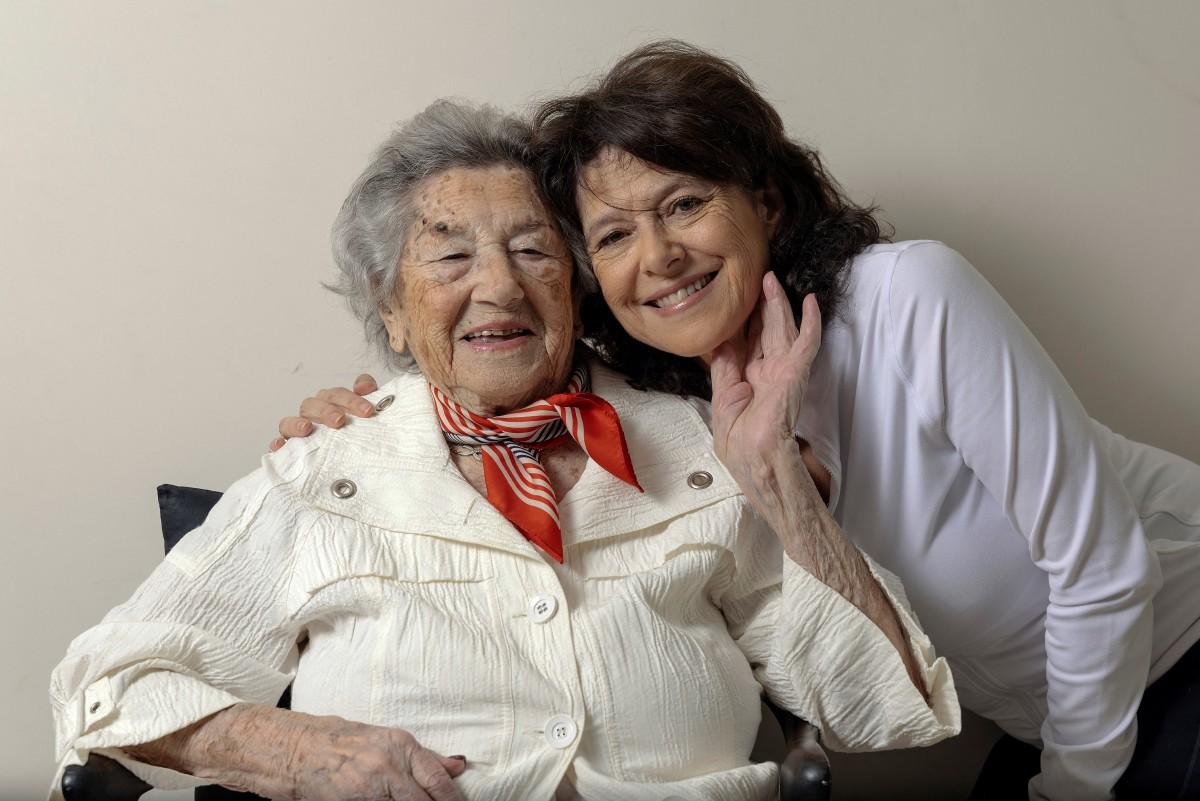
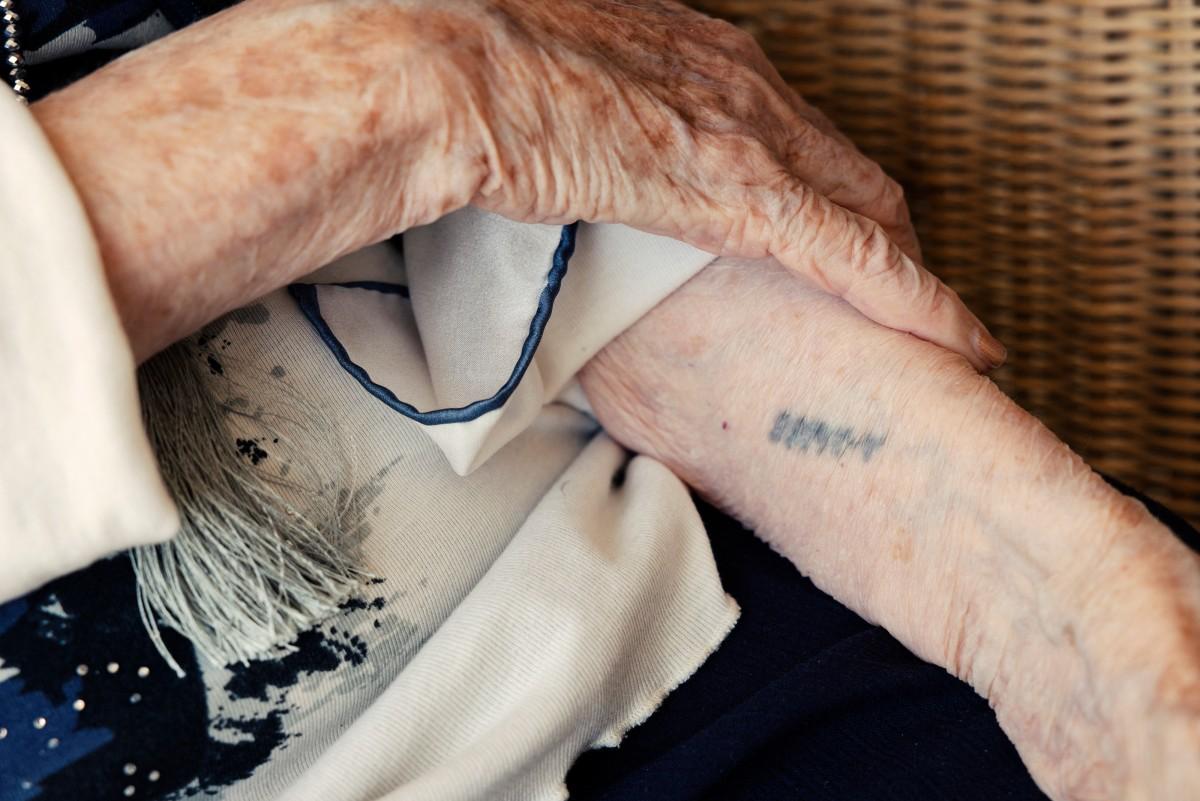
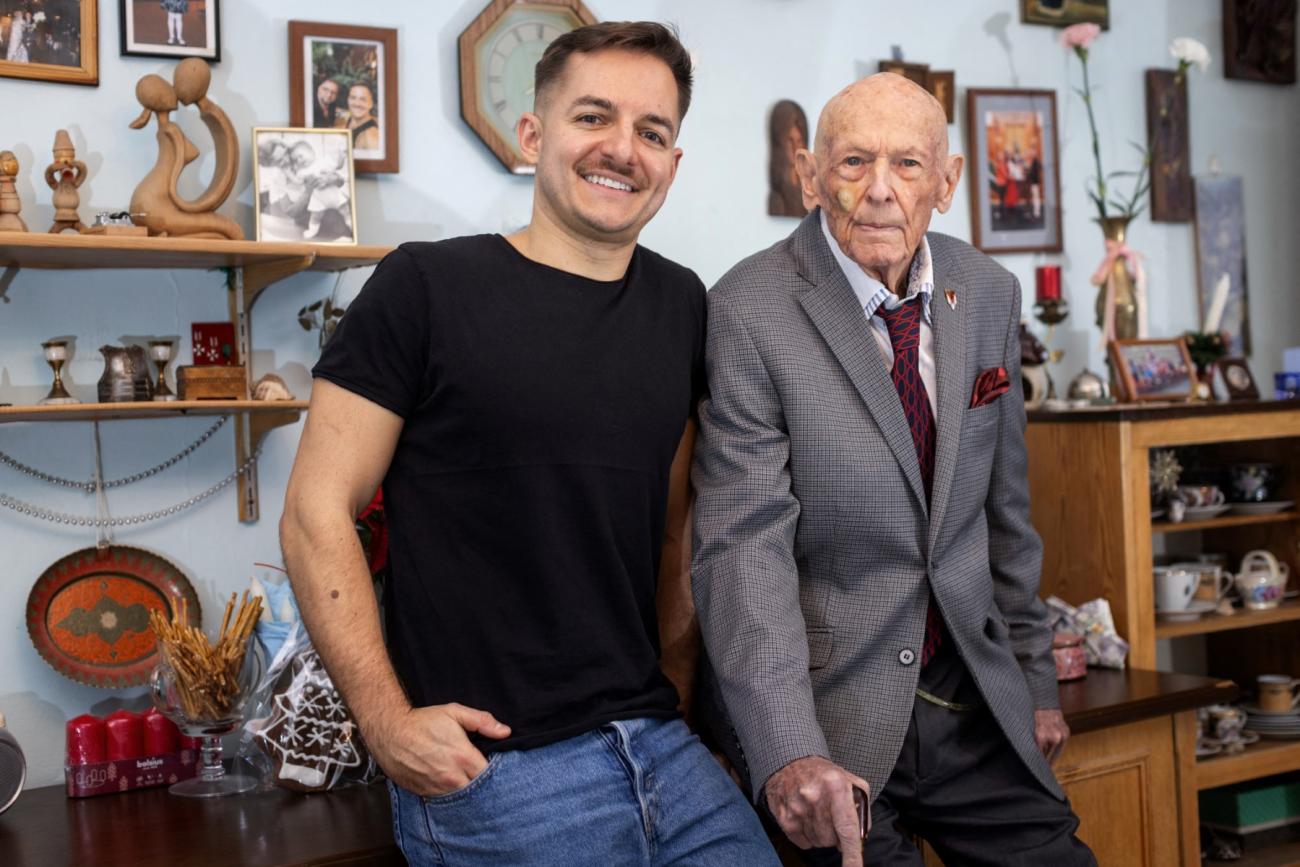
Guarding the memory
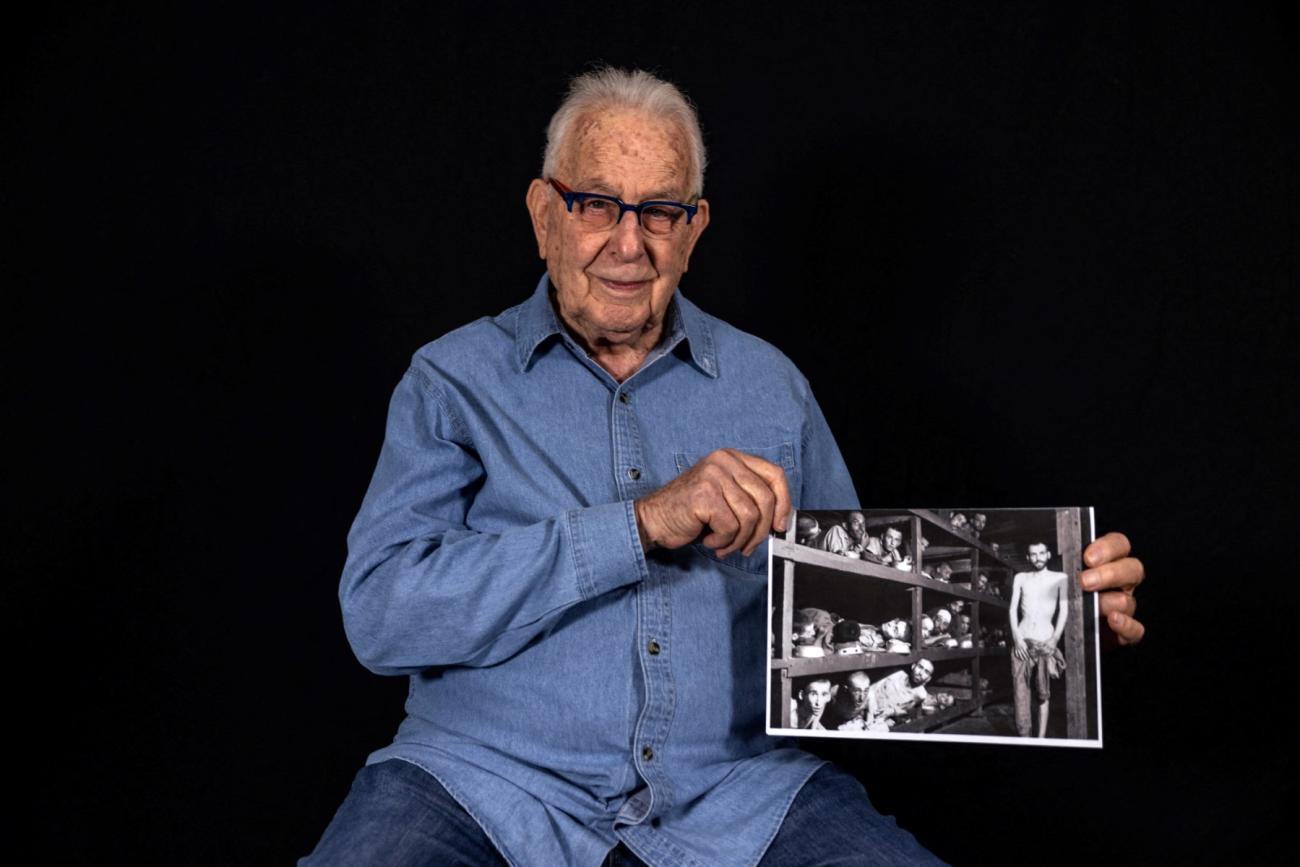
Explore our coverage. Get an AFP News free trial.

Washington (AFP) | 27/05/2025 - 21:16:40 | US says supports gas deals with Kurdistan region after Iraq lawsuit
Jerusalem (AFP) | 27/05/2025 - 20:42:33 | Israel PM acknowledges 'loss of control momentarily' at Gaza aid centre
Washington (AFP) | 27/05/2025 - 20:34:16 | US calls UN criticism of Gaza aid effort 'height of hypocrisy'
United Nations (AFP) | 27/05/2025 - 19:23:11 | UN says images of Gaza aid rush 'heartbreaking'
Paris (AFP) | 27/05/2025 - 19:12:53 | Macron welcomes France's right to assisted dying bill vote
Mexico City (AFP) | 27/05/2025 - 19:01:31 | 17 bodies found in abandoned house in Mexico: prosecutors
Paris (AFP) | 27/05/2025 - 18:49:43 | France's lower house backs right to assisted dying bill
Istanbul (AFP) | 27/05/2025 - 18:18:38 | Turkey's top diplomat to travel to Kyiv this week: official
Washington (AFP) | 27/05/2025 - 17:53:34 | Trump says Putin 'playing with fire'
Rafah (AFP) | 27/05/2025 - 17:50:28 | Thousands rush into new aid distribution centre in south Gaza: AFP journalist









